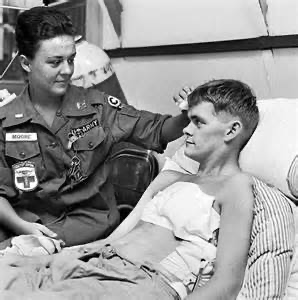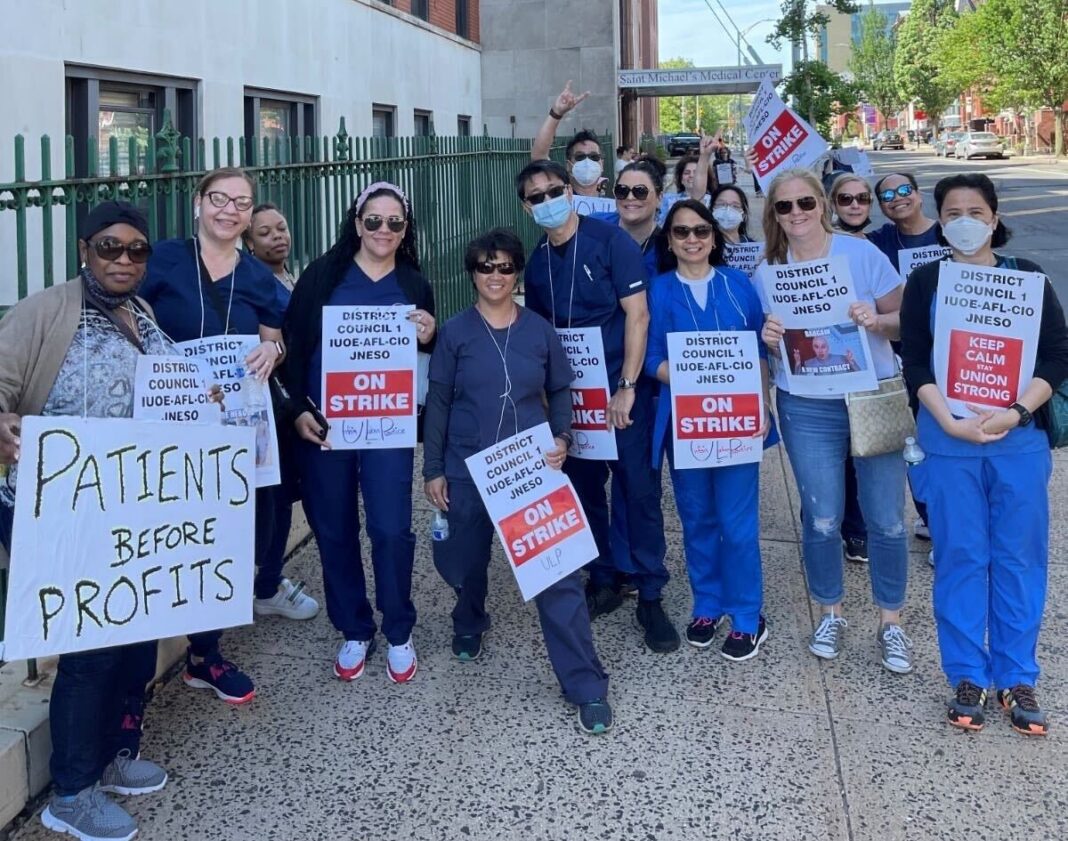The Vietnam War, one of the most controversial and violent conflicts of the 20th century, not only tested the resilience of nations but also reshaped the landscape of medical care in warfare. While the images of soldiers on the battlefield often dominate historical recollections, the contributions of nurses—particularly military nurses—remain less visible but no less important. The role of nurses during the Vietnam War was pivotal in transforming battlefield medicine and advancing trauma care. They worked under unimaginable conditions, facing daily emotional and physical challenges, yet their bravery and dedication saved thousands of lives and forever changed the nursing profession.
Nursing in Wartime: An Overview
The Vietnam War, spanning from 1955 to 1975, witnessed the deployment of over 5,000 U.S. Army nurses, alongside hundreds from other branches of the military. These nurses were predominantly women, although a smaller number of male nurses were also involved, reflecting the gradual shift towards gender inclusivity in the nursing profession. For many of these nurses, Vietnam was their first encounter with combat nursing, where they faced the task of caring for soldiers suffering from the brutalities of guerrilla warfare, land mines, booby traps, and prolonged jungle combat.
Unlike previous wars, Vietnam was marked by highly mobile and unconventional warfare, meaning the injuries nurses encountered were often catastrophic, involving complex trauma and severe burns. The nurses, usually stationed in mobile field hospitals, evacuation hospitals, and aboard hospital ships, were at the heart of these medical efforts, turning the tides for many wounded soldiers.
Challenges Faced by Nurses
Vietnam posed numerous challenges for military nurses, ranging from environmental difficulties to emotional burdens. The tropical climate was an immediate and ever-present enemy. Intense heat, humidity, and monsoon rains created an environment ripe for infections, further complicating medical treatments. The nursing facilities were often makeshift, and nurses had to work in primitive conditions where resources were scarce, and hygiene was difficult to maintain.
Medical supplies were in constant demand, and sterilization of equipment was often a luxury. Nurses frequently had to improvise with the limited resources available to them. In mobile hospitals, the sound of helicopters overhead and gunfire in the distance was an everyday reality, creating an atmosphere of perpetual tension. Some nurses even found themselves treating patients while under enemy fire, with their hospitals occasionally targeted by Viet Cong forces.
Moreover, the types of injuries these nurses treated were far more severe than those seen in civilian hospitals. Gunshot wounds, shrapnel injuries, burns from napalm, and traumatic amputations were common. Nurses worked around the clock in high-pressure environments, performing triage, administering blood transfusions, cleaning wounds, and offering comfort to soldiers who often faced life-altering injuries. The fast-paced nature of wartime medical care meant that nurses often had little time to reflect or process the emotional toll of their work.
Emotional Toll and Psychological Impact
The emotional impact of the Vietnam War on nurses cannot be overstated. The relentless nature of combat meant that nurses were frequently exposed to death and suffering. Witnessing the deaths of young soldiers—some no older than 18 or 19—was a traumatic experience that stayed with many nurses long after the war ended. Unlike earlier wars, where soldiers were more likely to succumb to their injuries, advancements in medical care and rapid evacuation protocols meant that more soldiers survived but often with devastating physical and psychological wounds.
Nurses were expected to maintain a level of emotional detachment in order to perform their duties, but this was often impossible. The personal connections they formed with the soldiers under their care, many of whom would express their last words to a nurse, left deep scars. These experiences led to significant post-war psychological struggles for many nurses, with many suffering from what we now recognize as post-traumatic stress disorder (PTSD). However, during the Vietnam War era, mental health support for returning nurses was minimal, and many struggled in silence.
Transforming Trauma and Emergency Care
Despite the immense challenges, the Vietnam War also became a catalyst for significant advancements in trauma and emergency care. The experience nurses gained in treating severe trauma injuries led to the development of new medical techniques and procedures that would later be adopted in civilian medicine.
One of the most notable innovations was the use of helicopter medical evacuations, commonly known as “medevacs.” For the first time in military history, helicopters were used on a large scale to transport wounded soldiers from the battlefield to medical facilities within minutes. This practice drastically improved survival rates, as soldiers could receive medical care almost immediately after being injured. Nurses were integral to this system, often stabilizing patients in flight or providing emergency care upon their arrival at medical units.
The introduction of more advanced triage techniques was another significant development. Nurses had to make split-second decisions about the prioritization of care, determining which soldiers could be saved and who was too gravely injured to receive immediate treatment. This harsh reality was a burden nurses bore daily, but it also pushed them to develop an extraordinary level of skill and efficiency under pressure.
Furthermore, the Vietnam War era saw the use of new treatments for infection control, such as the widespread use of antibiotics, as well as the early adoption of techniques that would later become standard in trauma units, such as the administration of intravenous fluids and blood transfusions in mass casualty situations.
The Legacy of Vietnam Nurses
The legacy of the nurses who served during the Vietnam War is profound. Their experiences not only paved the way for future advancements in trauma care but also highlighted the crucial role of nurses in wartime medicine. Their courage and resilience redefined what it meant to be a nurse in a combat zone, and their contributions are still felt in modern military and civilian medical practices today.
Upon returning home, many Vietnam War nurses faced a different battle—the struggle for recognition and support. Unlike soldiers, they were not always seen as veterans in the traditional sense, and their emotional scars were often overlooked. However, in recent decades, the contributions of Vietnam War nurses have been increasingly acknowledged, with memorials and documentaries celebrating their role in the conflict. The Vietnam Women’s Memorial in Washington, D.C., dedicated in 1993, stands as a testament to the 265,000 women, many of them nurses, who served during the Vietnam era.
Conclusion
Nurses in the Vietnam War were the unsung heroes, working tirelessly in the face of unimaginable horrors to save lives and provide comfort to the wounded. They served with extraordinary dedication, courage, and skill, and their contributions continue to impact both the nursing profession and trauma care to this day. The Vietnam War was not just a test of military might but also of medical innovation and human compassion, and the nurses who served are a crucial part of that story.




